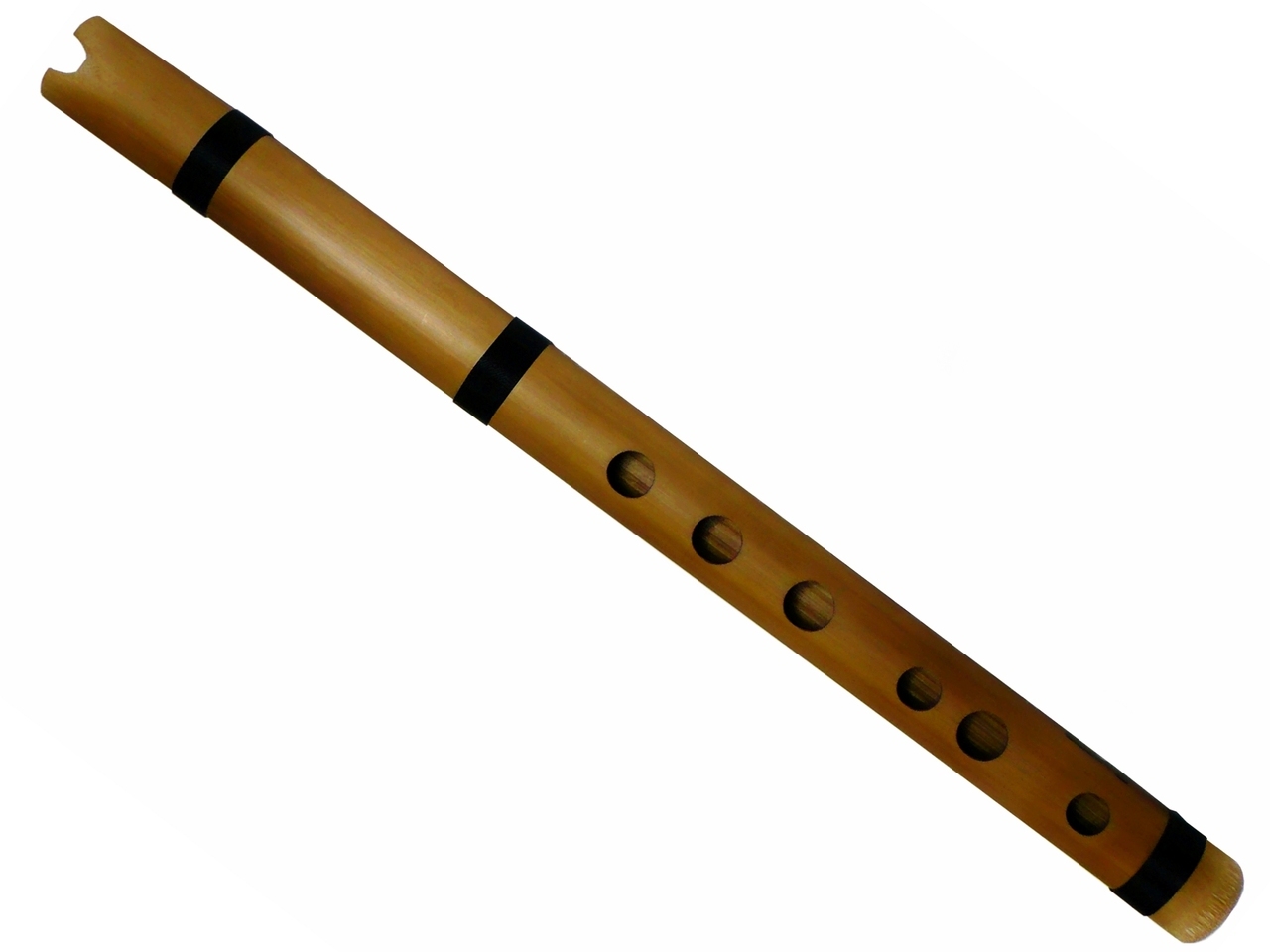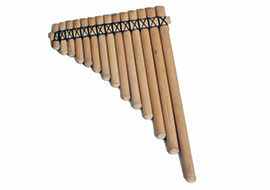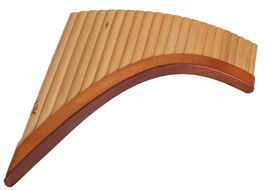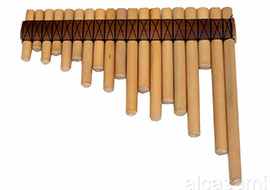Original chants and melodies come from the general area inhabited by Quechuas, Aymaras and other peoples who lived roughly in the area of the Inca Empire prior to European contact. This early music then was fused with Spanish music elements. It includes folklore music of parts of Argentina, Bolivia, Ecuador, Chile, Colombia, Peruand Venezuela. Andean music is popular to different degrees across Latin America, having its core public in rural areas and among indigenous populations. The Nueva Canción movement of the 1970s revived the genre across Latin America and brought it to places where it was unknown or forgotten.
Times back to the habitants of the Andes demonstrating talent for creating their own musical instruments, developed materials accessible to their requirements. For the construction of wind instruments, string and percussion, they used bones, feathers, bamboo, wood, and leather among others. Specialists have managed to recognize up to 300 different instruments created by our old settlers. Here are some of them.
The quena is one of the most important creations of the Andean region. It consists of a vertical tube open on both sides, it presents a carved U-shaped at the top where the mouth piece is and produces the sound, also 6 holes in the front and one at the rear in total 7 holes which are musical notes. It can be produced from bamboo, wood, reed, bone, clay and other material that suits; at present 95% of the Andean musicians use quenas made of bamboo.
The origin of this instrument dating from the pre-Colombian cultures NAZCA and CHIMU located in Peru, the quena obviously had directed across the Inca empire and is an instrument that is played in Peru, Bolivia, Ecuador, Colombia, Argentina and Chile. There are now a wide variety of sizes and names derived from the quena as quenilla, quenacho, mamaquena, and others. The name came from origins of quechua words such as KKENAKENA, KJENA, KHOANA which means hole. This instrument that already belongs to the world owns a unique sound that people enjoy when they hears the song of the QUENA.

The ZAMPOÑA comes from the Aymara culture and represents the magical sound and the strength of the Andean people, it consists of two rows of tubes tied, 7 at the top, called ARCA and 6 in the bottom called IRA, these tubes of different sizes, forming the musical notes.
Made mostly of bamboo, which when played intertwined produces a melodious sound and sentimental. In the Andean communities it is played in large groups called SICURIS TROOPS renowned festivals of the Altiplano. Among the family of zampoñas or sicus there are different sizes which adopt different names like CHILI or chuli the smallest, or BASTO ZANKA bigger and TOLLO which is the size of a person and is issued by the sound more serious and deep. The instrument is one of the most important of Andean culture as transmitted in its sound and sense the strength of the Andean peoples


This pentatonic instrument of one row that belongs to the culture NAZCA is very similar to the ZAMPOÑA.
The Antara may have 5 to 32 tubes gradually developed. In the past they were built of clay and burned to a hard consistency, now we find them made of bamboo, wood, and reed.
Among other Andean instruments also find the less publicized TABLASIKU, OCARINA, PUTUTO, ERKE, TARKA, RONDADOR the PINKULLO, MOSEÑO, WAKRAPUKU, and more.

It is of European origin adopted by the Andean culture.
It is similar to the antara but curve and arched shape at the top of the tubes played in Rumania it self as a instrument of the area and having many exponents at present. It is one of the oldest wind instruments and can fit in any genre of music, for it‘s technique and versatility. Certainly the PAN FLUTE can caress us with it’s melodies and trap us with its sweetness.

The rondador is a pipe flute of uncertain origin, although due to the characteristics of its tuning, we can risk saying that it is after the arrival of Columbus, since the Incas did not know the chromatic scale nor the intervals of third that is one of the characteristics of this flute. Its tuning, which is the most particular of this instrument, begins with two or three notes that are usually the Sun and the La followed by a pentatonic scale Do, Re, Fa, Sun and La, but after each note of this scale it goes interleaved a minor third. This peculiarity makes that playing two tubes at the same time produces a peculiar sound, that imitates the song of the birds.

The bombo belongs to the family of membranophones; It consists of two patches or leather membranes with hair attached to a wooden box or cylinder by sole straps or twisted rawhide. Both hoops and patches with leather-wrapped mallets called sticks or chopsticks are missed.
The charango is a stringed instrument mainly used in the region of the Andes mountain range, originating in the Andean highland region. It has five double strings, although there are variations with less or more strings, but almost always in five orders or games. Usually the charango has five double orders, that is, five pairs of strings, although in Peru, in the area of Ayacucho, there are 4 simple orders: two at each end, and one double, "octaveado", in the middle. Those of box cavada (or "laukeado", by its resemblance to the lute), are more common in the zone of Bolivia, whereas in Peru they are laminated, reason why commonly one says that it seems a small guitar
